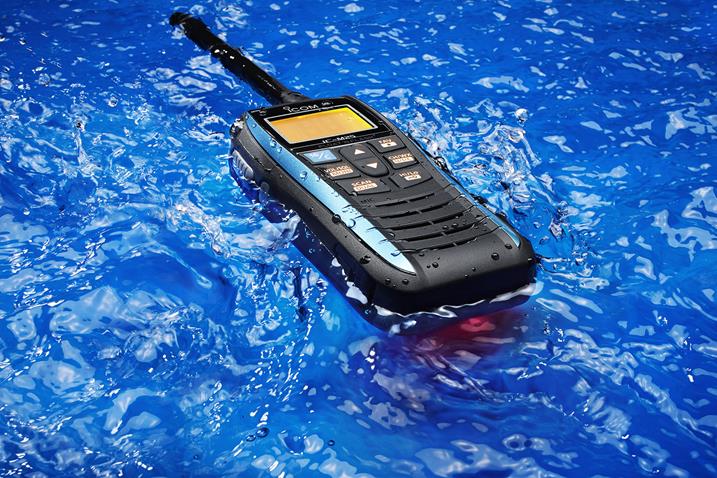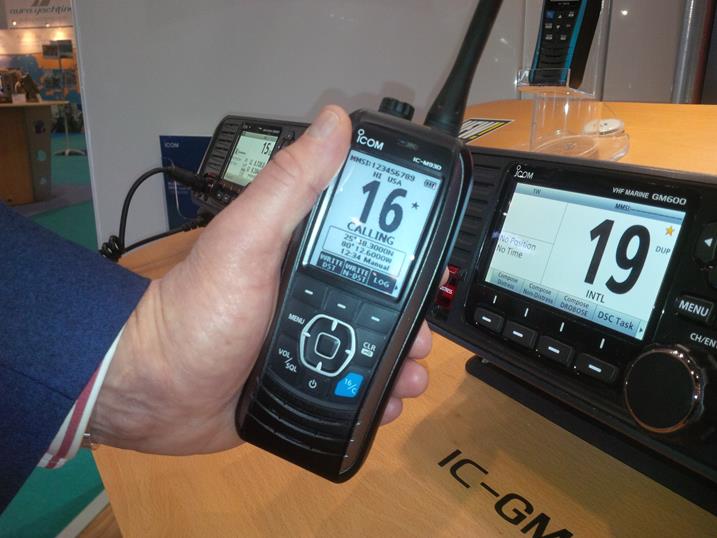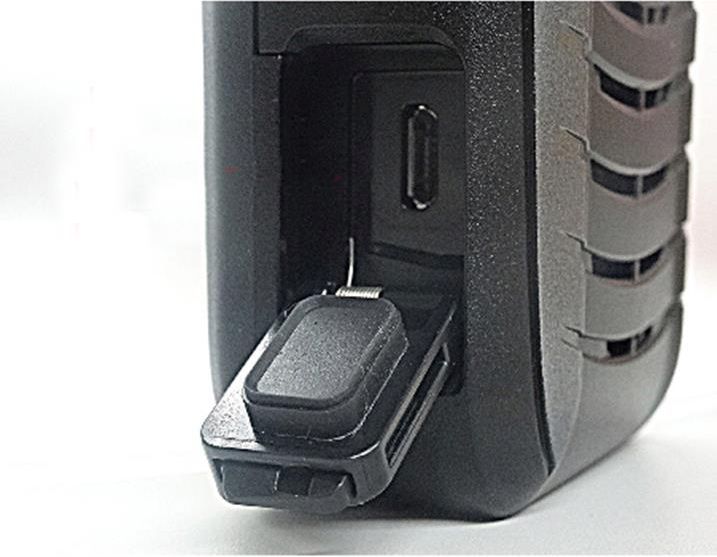GESPONSORD ARTIKEL

Over the years I have seen a lot of developments in radio technology in all our business markets. However in the marine sector, I believe that the ultimate goal for all manufacturers should be, is to ensure people are safe by making sure that the equipment is robust and easy to use….especially if the worst ever happened and there was an emergency at sea.
This precept translates into our products in a number of ways. Since some changes to DSC specifications came in 7 years ago, manufacturers had to make a more logical approach to the way users interfaced with their products. The display and controls were simplified and made easier to use. This saw the introduction of directional keypads that provide intuitive operation much like that of a remote control. We call it an "MMI" or man machine interface and internally we refer to it our common marine family interface, all radios where to have higher definition dot matrix display so that seafarers could see information including channel number and status icons clearly, whatever the conditions. In theory our radios menus are logical enough that a user should be able to find their way round an Icom marine radio without reference to the manual (although we recommend the manual is read in all cases.)
The IC-M93D DSC handheld (shown here) demonstrates this approach. Despite the compact size of the radio, the radio features an impressive 2.4 inch high contrast dot matrix, backlit LCD display which will allow all functions/information to be easily viewed. Add into the mix, Icom’s menu driven functionality (MMI) and a dedicated ch70 watch receiver and you have a radio that is easy to see and use whether you are cruising in calm waters, or sailing in rough conditions.

Another trend we have seen is the move to further simplify the installation process. Most of our fixed models now have built in GPS for ease of installation and with the abundance of electronic and electrical equipment onboard a vessel, the last thing owners want to do is drill another hole or add another antenna to their pride and joy. Also another stride forward could be NMEA2000 which is present in our higher tier IC-M506 where consumers and engineers love the logical approach to installation.
AIS has had a big impact in the market place as of course it’s a must have safety feature for all users, commercial and leisure. Icom have several options from stand alone receiver, to vhf fixed radio with built in receiver, to integrated vhf fixed radio with transponder such as our CB2000 packages which allow you to upgrade both our IC-M506EURO and IC-M605EURO models. AIS will continue to develop and be a significant safety feature on all sail and motor boats.
The last trend that I think will be incorporated on the most leisure orientated handportables is the way radios are charged. Consumer tastes continue to change and that is why Icom introduced a USB connector on the IC-M25 buoyant VHF handheld, providing convenient charging from a variety of electronic devices such as PC’s and laptops. We have found that this new arrangement provides extra waterproofing protection. Traditionally battery contacts are the most susceptible to corrosion. On the IC-M25, the USB connector is protected from the elements thus improving its waterproofing.

To find out more about all our marine radio solutions, please visit the marine section of our website at: http://icomuk.co.uk/Marine_Radio.